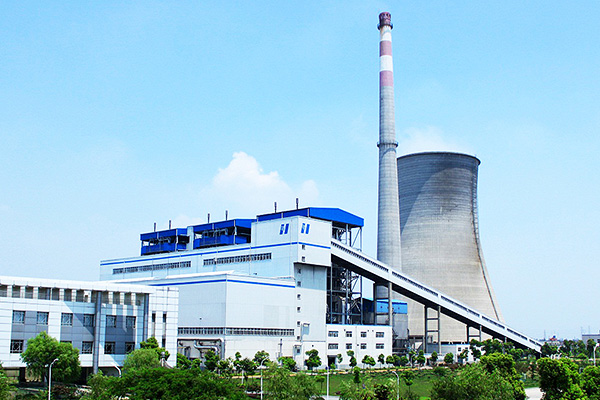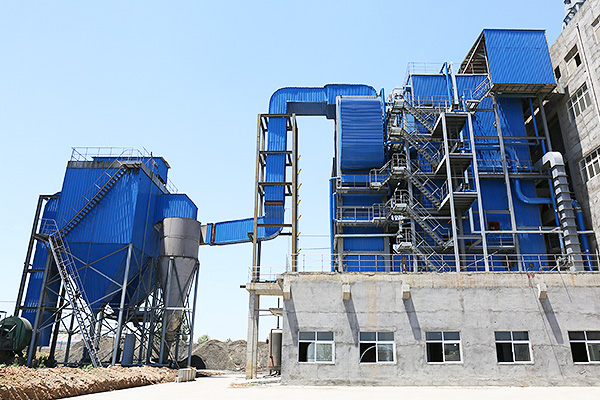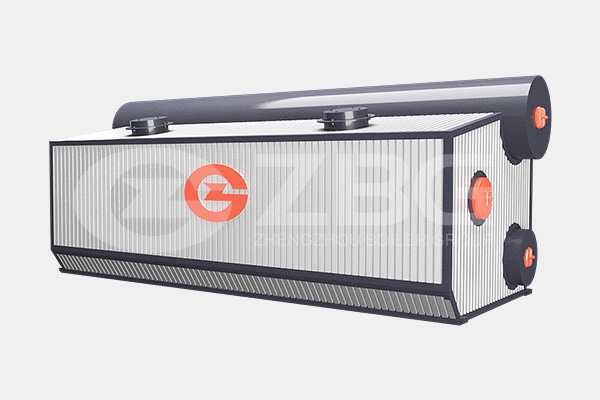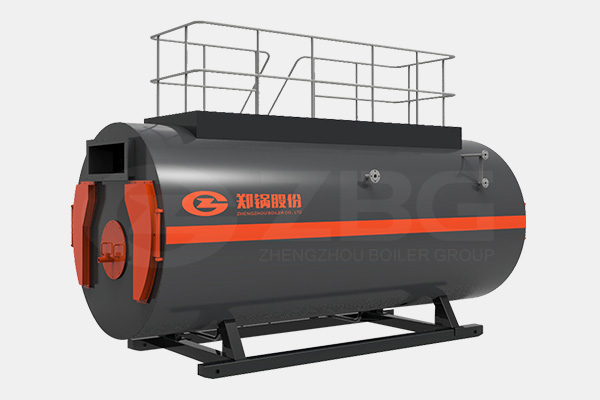What's The Influence of Coal-Biomass Co-firing On Ash Deposit
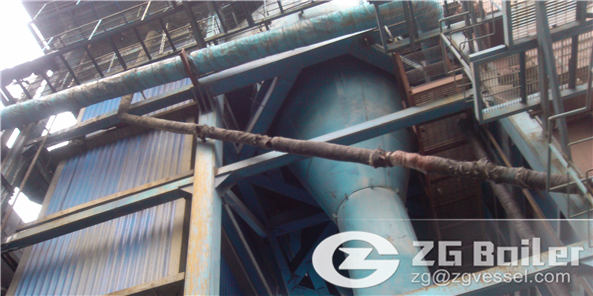
Cofiring biomass with coal is a promising short-term option for reducing the net CO2 emissions from existing coal-fired power plants. This article explains the effects of cofiring biomass and coal on ash deposition under conditions representative of those found in the superheater region of coal boilers.
And experiments were conducted with blends of eight different fuelsthree types of bituminous coal, sub-bituminous coal, two types of straw, switchgrass, and wood. For each fuel, reference tests of unblended fuel establish a baseline against which to compare the results from the cofiring tests. The deposition rates for the cofire blends are between the measured deposition rates of the unblended fuels. Therefore, blending straw with coal reduces the high deposition rates observed while firing unblended straw, and cofiring coal with wood results in slightly lower deposition rates than those that occur while firing unblended coal.
The primary interaction between the biomass and coal during cofiring is the reaction of the sulfur from the coal with the alkali species from the biomass. This sulfation reduces the stickiness of the deposit, which substantially reduces the deposition rate of the coal−straw blends in comparison to expectations based on the performance of the unblended fuels. Sulfation also reduces the chlorine content of the deposits, potentially reducing the corrosion potential of the deposits. A scaling parameter is proposed to estimate the deposit chlorine content on the basis of the properties of the cofire blend; the ratio of fuel-S to available alkali must be in excess of 5 times the S-to-alkali stoichiometric ratio to eliminate chlorine from the deposit. The results demonstrate that cofiring can mitigate some of the fouling difficulties associated with combustion of high-fouling biofuels.
